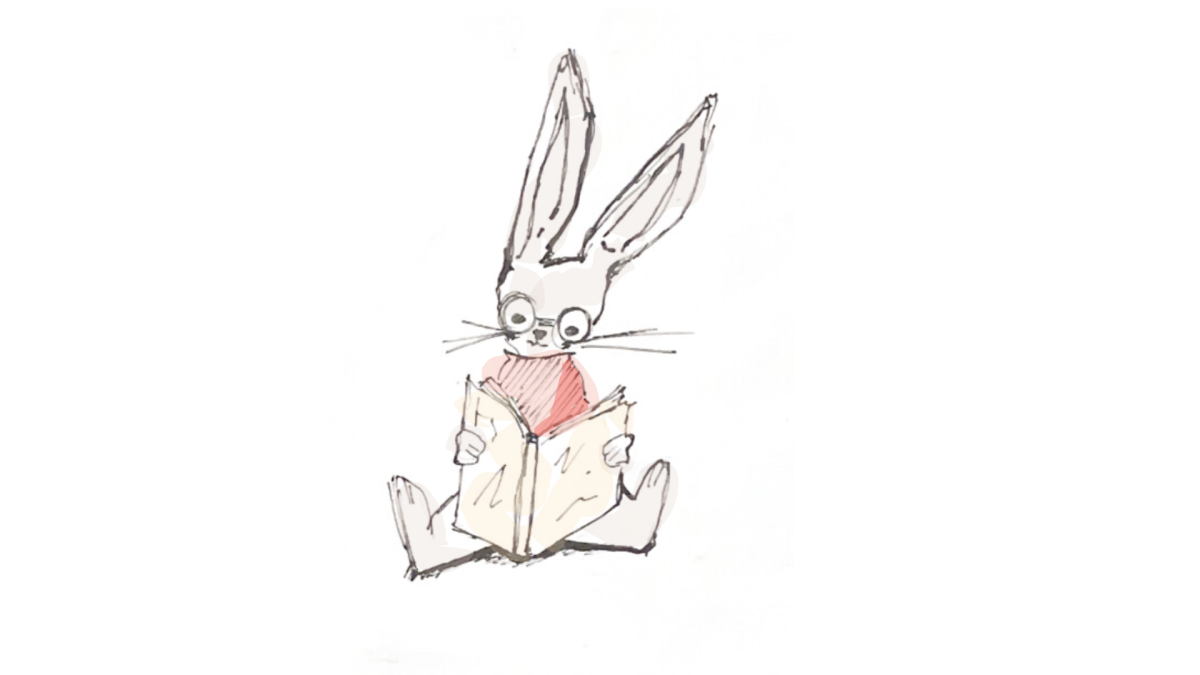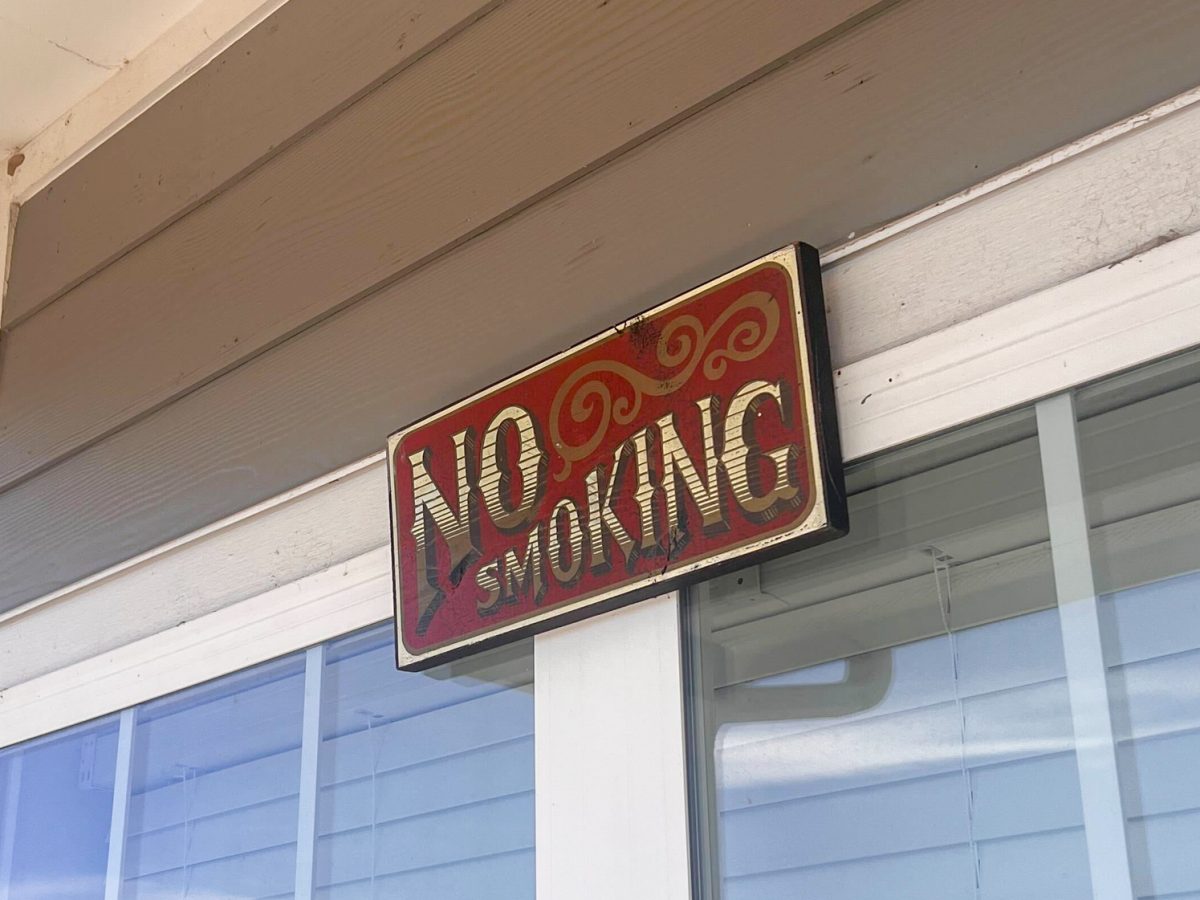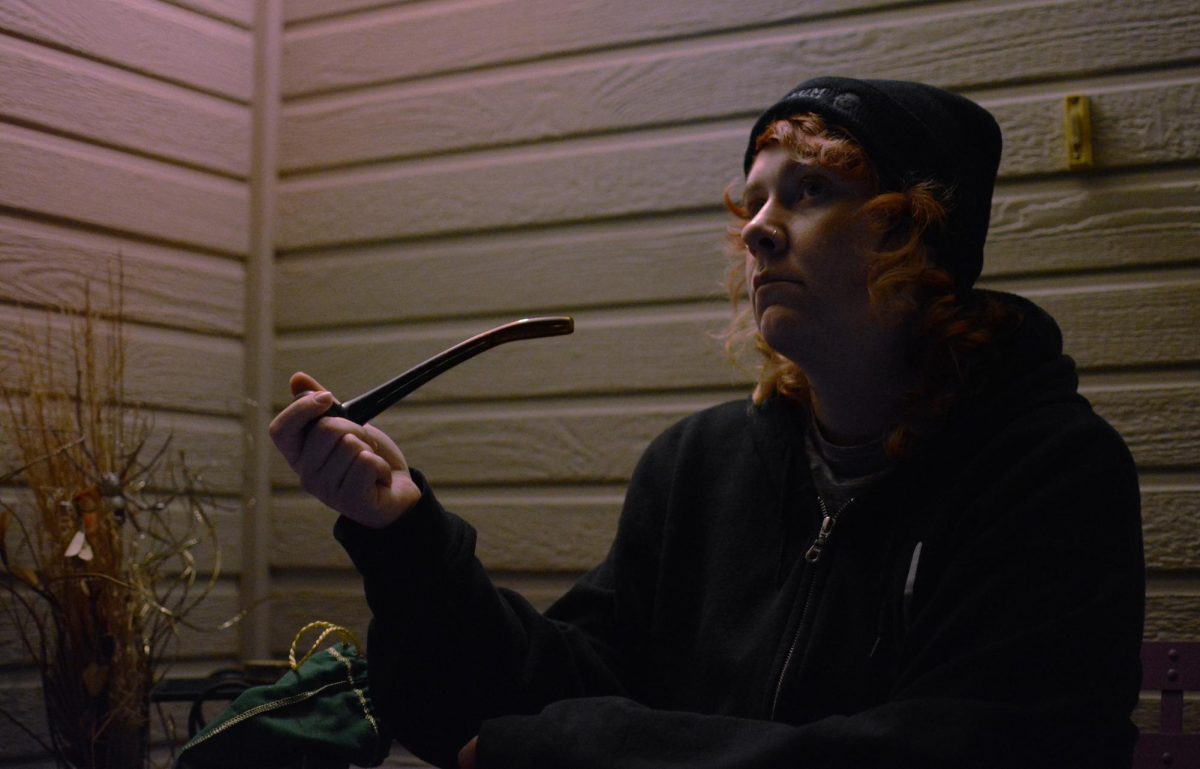Insufficient sleep has been recognized and researched as a public health epidemic in the United States since 2008, so it’s not surprising that people are turning to sleep aids like prescription drugs and other vices to soothe themselves into slumber. Most notably the use of medically prescribed marijuana has become one of the most popular and conventional sleep sedatives on the market.
A 2024 study on weed conducted by the Harris Poll, found that 16% of American adults turn to cannabis to promote better sleep, surpassing the use of prescription sleep aids (12%) and alcohol (11%). Additionally, they found that nearly one in five U.S. adults over the age of 21, use some form of cannabis to help them sleep.
But is Cannabis really an effective sleep aid?

Cannabis, also known as pot, weed, or marijuana, is a non-chemically uniform psychoactive drug that is derived from the Cannabis plant. Its origins of use for medical purposes can be traced back to 2700 BC, when the Chinese Emperor Shen Nung, first discovered the healing properties which exist within the plant. Even up until the 20th century, the United States recognized the powerful healing elements in cannabis and even encouraged the domestic production of Hemp.
In recent years scientists have been studying the effects of THC on the brain during sleep. In a 2020 review of existing research, they found that THC indeed has sleep-promoting effects, which help people fall asleep faster and stay asleep longer. They also found in their research that cannabis decreases the period of time an individual is in the REM sleep period. Reducing REM sleep consequently reduces dreams, which can even reduce nightmares for individuals with PTSD.
The legalization of marijuana in various states has allowed for an increase in acceptable use, thus more and more Americans are turning to dispensaries to reach their full recommended seven and a half hours of sleep.
However, not just any joint can send someone into dreamland, instead, research has found that certain types or strains are more apt to induce sedative qualities. For instance, the two most popular cannabis types are Sativa and Indica, which both illicit different effects. While both types are known for having relaxing qualities, indicas increased levels of CBD and terpene profiles promote higher levels of sedation and sleepiness.
Additionally, researchers have found that sleep disorders like insomnia can be best treated by searching for strains rich with certain terpenes (the compounds that give cannabis its aroma) like terpinolene, myrcene, and caryophyllene.
If you are looking for better sleep, indica or indica-dominant hybrid strains are the best place to start. You can also ask dispensary staff for products that have indica properties. However, not all users report feeling the direct differences between sativa, indica, and hybrid, but it can help to guide you in the right direction.
The rise in cannabis consumption as a sleep aid may have you wanting to test it out for yourself, but it is important to remember that research on the long-term effects of marijuana as a sleep aid is limited and not fully developed. And while there are plenty of positive reports regarding the sleep-inducing effects of cannabis, every person will experience these effects differently.





































